标签:
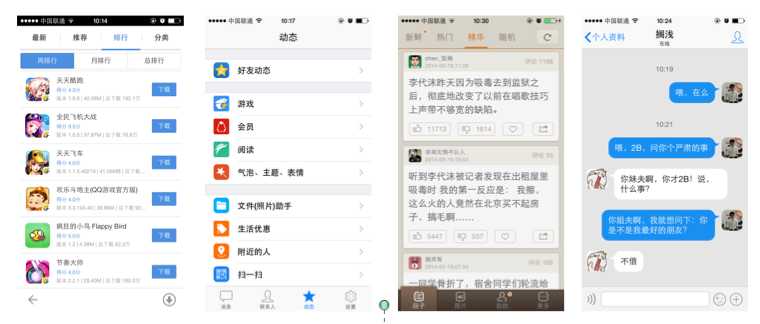
UITableView的两种样式
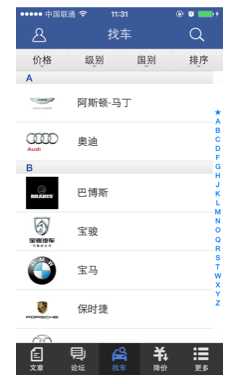
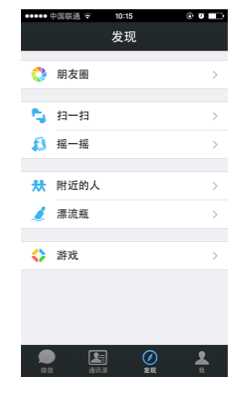
tableView展示数据的过程
- (NSInteger)numberOfSectionsInTableView:(UITableView *)tableView;
- (NSInteger)tableView:(UITableView *)tableView numberOfRowsInSection:(NSInteger)section;
- (UITableViewCell *)tableView:(UITableView *)tableView cellForRowAtIndexPath:(NSIndexPath *)indexPath;
Cell简介

UITableViewCell的contentView
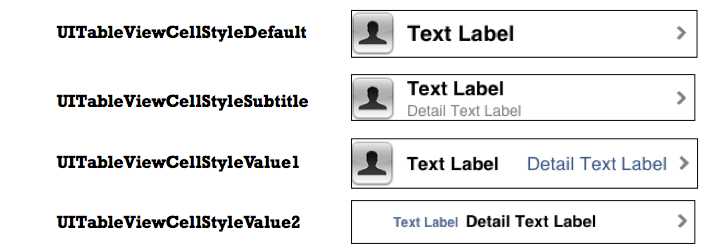
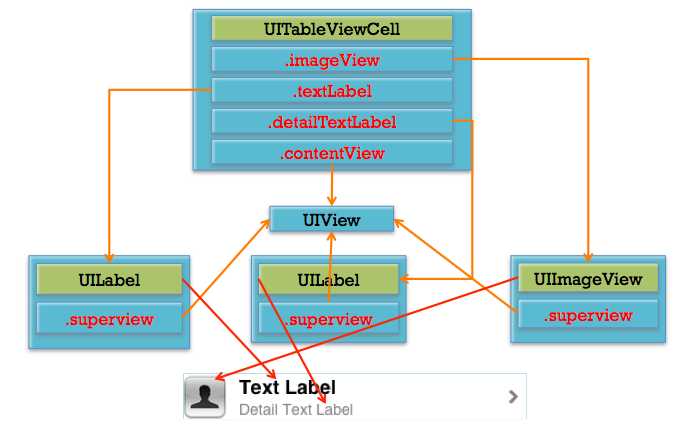
- (UITableViewCell *)tableView:(UITableView *)tableView cellForRowAtIndexPath:(NSIndexPath *)indexPath { // 1.定义一个cell的标识 static NSString *ID = @"mjcell"; // 2.从缓存池中取出cell UITableViewCell *cell = [tableView dequeueReusableCellWithIdentifier:ID]; // 3.如果缓存池中没有cell if (cell == nil) { cell = [[UITableViewCell alloc] initWithStyle:UITableViewCellStyleSubtitle reuseIdentifier:ID]; } // 4.设置cell的属性... return cell; }
自定义cell
1.新建一个继承自UITableViewCell的类
2.重写initWithStyle:reuseIdentifier:方法
3.提供2个模型
4.cell拥有一个frame模型(不要直接拥有数据模型)
5.重写frame模型属性的setter方法: 在这个方法中设置子控件的显示数据和frame
6.frame模型数据的初始化已经采取懒加载的方式(每一个cell对应的frame模型数据只加载一次)
标签:
原文地址:http://www.cnblogs.com/JackieHoo/p/5042212.html